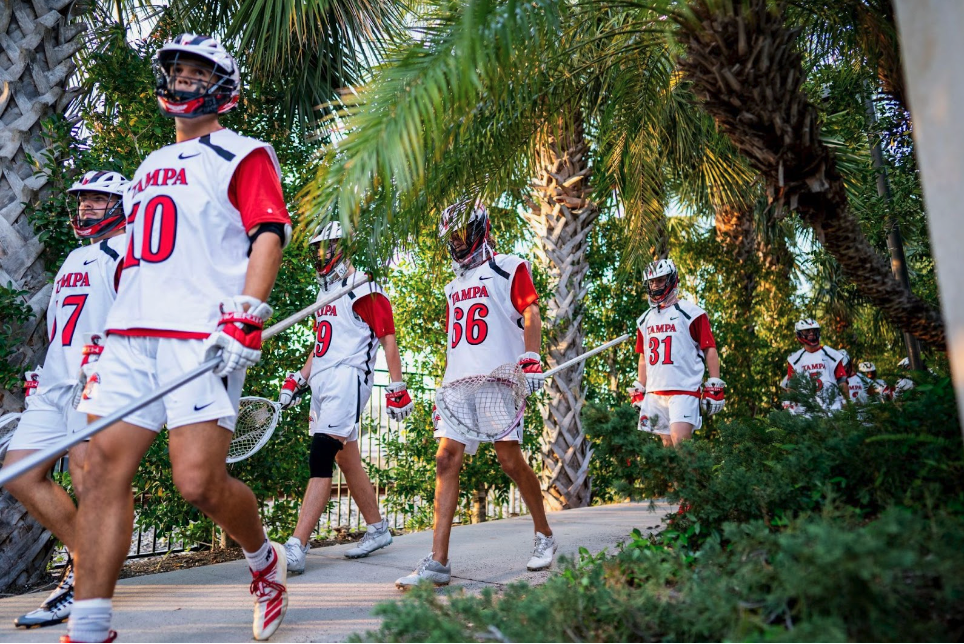By ARIELLE WALDMAN

My trip to China started out as a gift from my Uncle Joe to his 13 nieces and nephews. It turned into a celebration of his wedding. Joe moved to China in his third year of college, transferring from Northwestern, in Chicago, to Fudan University, in Shanghai.

He loved it so much, he decided to make China his permanent home and has been living there for the past thirty years. Now at age fifty, he decided it was time for his family to experience his side of the world.
A month before we were scheduled to leave (on May 22), Joe sent out a mass email revealing the news of his marriage to the general manager of his company Grace, a native of Shanghai.
He and Grace had already gone to China’s version of Town Hall and gotten married. While we were there, he planned a wedding ceremony on a boat down the Huangpu River.

That wasn’t all he planned. We visited Xian, Beijing, Hungjou, and Shanghai, where we spent most of the trip.
Shanghai was like the Chinese version New York City. Unlike other places in China, Shanghai had more of an array of cultures, especially in the restaurants.
The World’s Fair was being held while we were there, so the city was much cleaner than usual, according to my uncle. But I had to agree, it was just as clean as any city I have been to, and there are far more people (a population of 19,213,200).

Everywhere we went, it was crowded. Traffic was horrendous. China battles between the traditional use of bicycles and the modern use of cars.
I was shocked at how our big bus was able to swerve at the last second to avoid hitting bicyclists. Taking cabs was no picnic either.

Every cab had a protector around the driver’s seat, in case anyone tried to rob or hurt the driver. That made me a little uneasy.
It felt weird being the minority. I couldn’t understand anyone around me. I was able to see Joe in his own territory, especially when he took us for his usual breakfast.
The restaurant was a Chinese woman’s house, located down an alley. Tables, chairs and umbrellas were set up outside the woman’s kitchen.
We had a traditional Chinese breakfast, which consisted of noodles in soup. It sounds plain, but it was one of the most delicious things I had the whole trip.
I loved eating breakfast with a view into the woman’s house to my left and listening to my uncle and now aunt Grace chatting in Mandarin, making jokes just like Joe does with us. Beijing was my favorite city. The Olympics were held there.
We visited an orphanage, and of course the Great Wall. I decided to take the gondola up the Great Wall, instead of hiking up the wooded path, because I wanted to spend as much time on the wall as possible.
When we got to the entrance, we headed left, toward the steeper part of the wall. Every hundred feet or so, were stations where the guards used to keep post.
Stones created opens rooms with walls and roofs, where soldiers hid from the rain or the hot sun. Stairs spiraled up from the posts to higher look-out spots.

I climbed the steps and jumped up onto the Wall, where I could see trees and bushes for miles and just beyond, buildings from Beijing’s urban centers.
We continued walking until we came to the steepest part of the wall, which tourists were allowed to climb. We walked about a hundred stone steps, the steepness increasing with every one. When I looked behind me, the people near the bottom looked like ants.
We made it to the steepest part of our hike, up a narrow, ladder-like set of stone steps. At the top of the climb was a plateau and a sign reading, “No visitors beyond this point,” in front of the next set of stone steps. Near the sign was an older Chinese women selling cold bottles of water, Powerade and Coca Cola (a very popular drink in China).
I could not believe this older Chinese woman made the climb everyday to make a living. On top of that, I could not get over how content she looked.
We bought drinks from her (how could we not?) The rest of the Chinese sellers were waiting at the exit with their stands full of jewelry, watches, tapestries, Great Wall t-shirts, chopsticks, tea kettles and many other souvenirs.
Arielle Waldman can be reached at awaldman@spartans.ut.edu.
* All photos taken by Arielle Waldman




Leave a Reply